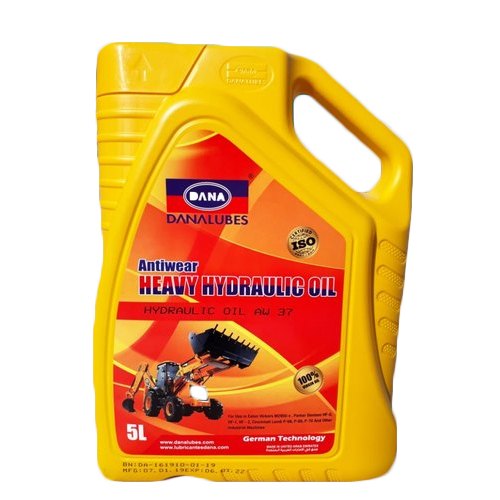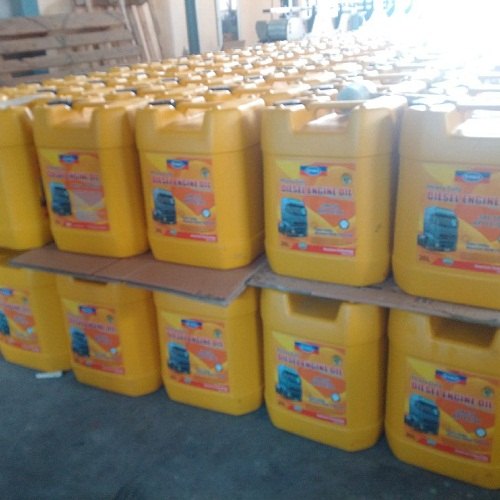Let’s continue with lubricants and their different grades. In hydraulic systems, there are three types of pumps. Vane, Piston, and Gear (internal and external). Each of these pump designs has been used for a particular function and operation. Oils selection must be performed on a scenario basis by each pump type.
Vane:
A vane pump’s architecture is just what its name implies. Rotors with slots are attached to a shaft that spins eccentrically to a cam ring within the pump. The vanes get damaged as the rotors and vanes rotate inside the cam ring due to internal friction between the two touching surfaces. As a result, these pumps are more costly to operate, but they are excellent at maintaining a constant flow. At operating temperatures, vane pumps usually need a viscosity range of 14 to 160 centistokes (CST).
Piston pumps:
Piston pumps are the average middle-of-the-road hydraulic pump, and their design and function are more durable than a vane pump. They can work at much higher pressures, up to 6,000 pounds per square inch. At ambient temperatures, the viscosity range for piston pumps is 10 to 160 CST.
Gear pumps:
A Gear pumps are the least effective of the three pump types, but it can withstand higher pollution levels. Gear pumps operate by pulling fluid trapped between the meshing teeth of a gear set and the inside wall of the gear housing out. The two major types of gear pumps are internal and external gear pumps.
Internal gear pumps are capable of handling a wide range of viscosities, with a capacity of 2,200 CST. This pump is powerful and quiet, capable of producing pressures between 3,000 and 3,500 psi.
Internal gear pumps are more efficient, but external gear pumps have some advantages. They’re easy to keep up with, have a smooth flow, and are less costly to purchase and repair. These pumps can produce pressures between 3,000 and 3,500 psi, but their viscosity range is limited to 300 CST, just like the internal gear pump.
Choose the Right Oil
Hydraulic fluid plays a variety of roles in a well-balanced and engineered system’s smooth operation. These functions include those of a heat transfer medium, a power transfer medium, and a lubrication medium, among others.
When choosing a hydraulic fluid for a particular application, the chemical composition of the fluid can take several forms. It can range from fully synthetic fluids (to withstand extreme temperature and pressure changes and minimize oxidation) to water-based fluids (which are preferred for their high water content in applications where there is a chance of fire).
A complete synthetic fluid is a man-made chain of molecules that are specifically arranged to provide superior fluid stability, lubricity, and other performance-enhancing properties. When high or low temperatures and/or high pressures are present, these fluids are excellent options. These fluids have some drawbacks, such as their high cost, toxicity, and possible incompatibility with certain seal materials. A petroleum fluid is a more common anti-wear (AW), rust which oxidation inhibitors (RO), and viscosity index (VI) improvers, and is rendered by processing crude to the desired level to achieve improved lubricant efficiency with the addition of additives. These fluids are a less expensive alternative to synthetics, and when some additive kits are used, they may work very similarly to synthetics.
The fluids that are dependent on the water are the least popular. These fluids are usually needed in situations where there is a high risk of fire. They are more costly than coal but less so than synthetics. Although they provide good fire safety, they do not provide wear protection.
Application-Based Selection
The capacity of the machine to run properly and last for a long time is the most important thing to consider when choosing a hydraulic fluid. It’s critical to remember the system’s characteristics, such as viscosity, additives, and operation, when selecting a hydraulic fluid.
Consider a large dump truck that is constantly wet, produces a lot of particles from road debris, and leaks 10% of its sump volume in two days. Because of the related cost of replenishment and the inherent lack of maintenance, there is no need to purchase or use the most costly fluid for the best additive pack.
On the other hand, you have a spotless, vital, and heavily loaded machine that has been well-maintained and is being used to its maximum potential. It may be better to use a higher-end fluid, such as a highly modified petroleum-based fluid with an AW or RO additive kit, or even a completely synthetic fluid.
The fluid’s viscosity, on the other hand, should be determined by the pump form, as previously discussed. If the viscosity is incorrect for the application, the pump’s and device’s average life will be greatly reduced, lowering their performance and output.
When choosing a viscosity value, look for the pump’s optimum viscosity. This can be determined using the ISO grading method and information from the pump manufacturer, as well as the pump’s real operating temperature and lubricant properties at 40 and 100 degrees Celsius. There are various ISO grades of hydraulic Oils-
Check the working temperature of the pump to see if it’s within the recommended temperature range for the lubricant. If this isn’t the case, the lubricant’s viscosity must be balanced to achieve the desired, optimum viscosity.
As you can see, selecting the best hydraulic fluid for the job isn’t difficult, but it does take time to research the application, measure costs, and choose the best fluid type.
You can spend more or less money than necessary simply by not training yourself on proper lubricant selection techniques. A good lubricant collection is a perfect way to increase the performance of your machine!
About Us
DANA Lubricants Factory LLC (www.danalubes.com) established in 2002 is an ISO 9001:2015 certified company under Dana Group; we manufacture our products in Dubai, UAE. We take immense pride in asserting the fact that we are one of the leading manufacturers and suppliers of high-grade transformer oil. Our market extends over a wide demographic as we export products to several countries including Bangladesh, Turkey, Africa, South America, India, Indonesia, Nepal, Vietnam, Thailand. Being one of the top suppliers, we have always worked hard so that we can deliver the most premium of qualities at non-premium and affordable prices.




